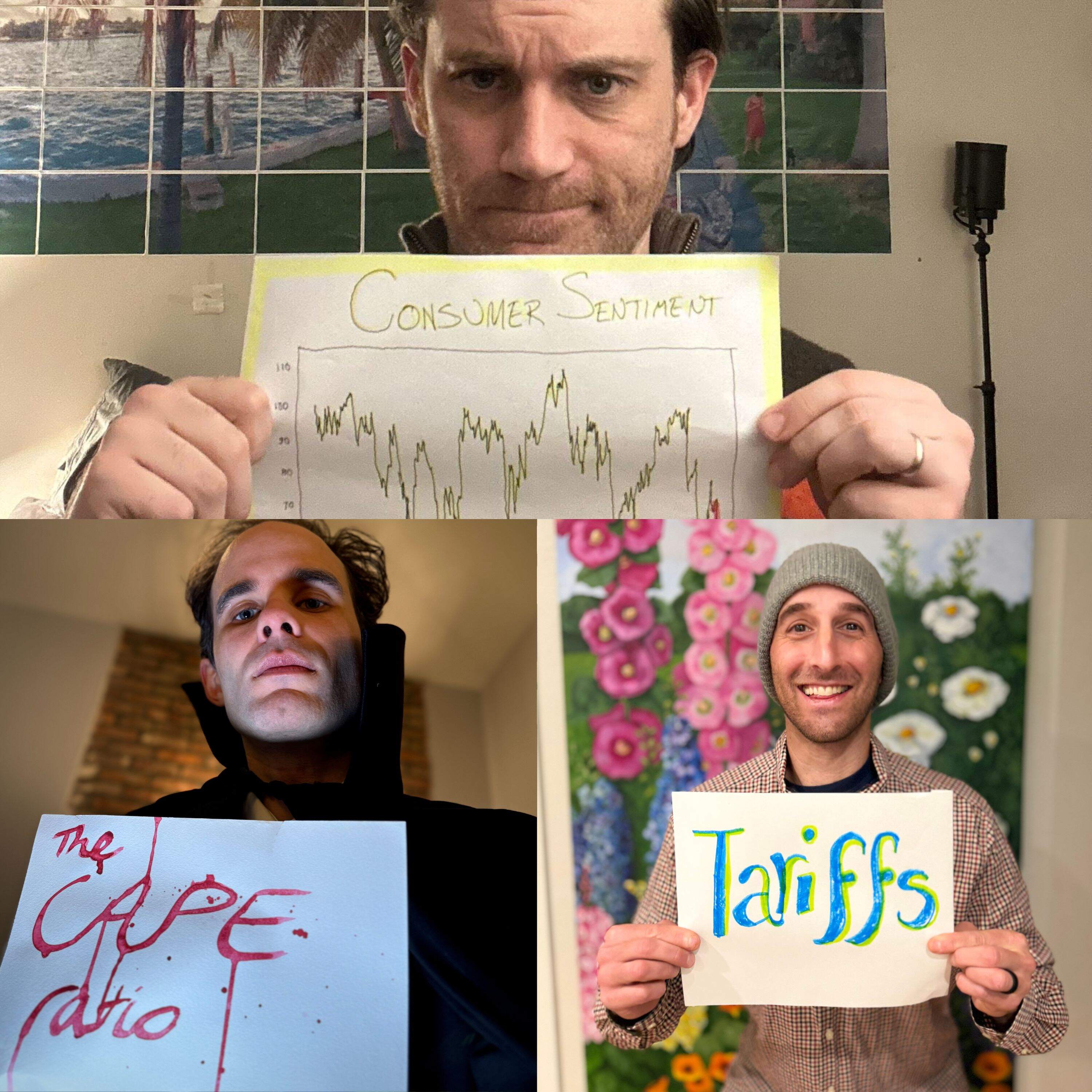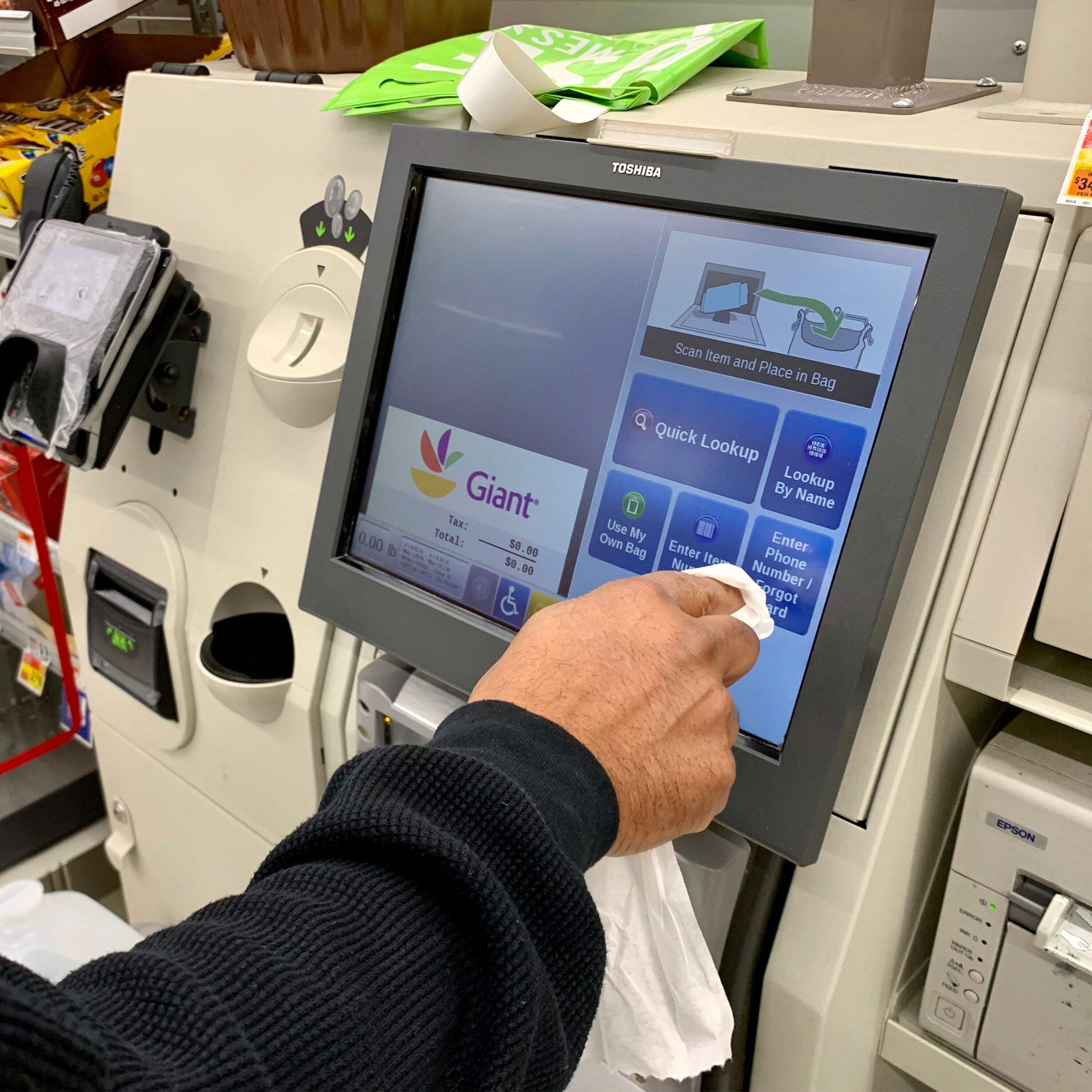Can you copyright artwork made using AI?
Copyright is the legal system used to reward and protect creations made by humans. But with growing adoption of artificial intelligence, does copyright extend to artwork that’s made using AI? Today on the show, how a test case over a Vincent Van Gogh mashup is testing the boundaries of copyright law.
Related episodes:
‘Let’s Get it On’ … in court
Copyright small claims court
The alleged theft at th heart of ChatGPT
For sponsor-free episodes of The Indicator from Planet Money, subscribe to Planet Money+ via Apple Podcasts or at plus.npr.org.
Fact-checking by Sierra Juarez. Music by Drop Electric. Find us: TikTok, Instagram, Facebook, Newsletter.
Learn more about sponsor message choices: podcastchoices.com/adchoices
NPR Privacy Policy
Related episodes:
‘Let’s Get it On’ … in court
Copyright small claims court
The alleged theft at th heart of ChatGPT
For sponsor-free episodes of The Indicator from Planet Money, subscribe to Planet Money+ via Apple Podcasts or at plus.npr.org.
Fact-checking by Sierra Juarez. Music by Drop Electric. Find us: TikTok, Instagram, Facebook, Newsletter.
Learn more about sponsor message choices: podcastchoices.com/adchoices
NPR Privacy Policy
Press play and read along
Transcript
Transcript is processing—check back soon.
The Indicator from Planet Money — Can you copyright artwork made using AI?





